As a “heavy” division, the 3rd Armored possessed two armored regiments totaling four medium tank battalions and two of light tanks (18 companies) instead of three tank battalions containing both (12 companies), 232 medium tanks instead of the 168 allotted a light armored division, and with attached units numbered over 16,000 men, instead of the normal 12,000 found in the light armored divisions. Each division type had an infantry component of three mechanized infantry battalions.
The division’s core units were the 36th Armored Infantry Regiment, the 32d Armored Regiment, the 33d Armored Regiment, the 23d Armored Engineer Battalion, the 83d Armored Reconnaissance Battalion, and the 143d Armored Signal Company. During World War II these were organized operationally into task forces known as combat commands A, B and R (Reserve).
The first elements of the 3rd Armored in France saw combat on 29 June, with the division as a whole beginning combat operations on 9 July 1944. During this time, it was under the command of VII Corps and XVIII Airborne Corps for some time, and assigned to the First Army and the 12th Army Group for the duration of its career.
The division “spearheaded” the US First Army through Normandy, taking part in a number of engagements, notably including the Battle of Saint-Lô, where it suffered significant casualties. After facing heavy fighting in the hedgerows, and developing methods to overcome the vast thickets of brush and earth that constrained its mobility, the unit broke out at Marigny, alongside the 1st Infantry Division, and swung south to Mayenne. The engineers and maintenance crews took the large I-Beam Invasion barriers from the beaches at Normandy and used the beams to weld large crossing rams on the front of the Sherman tanks. They would then hit the hedgerows at high speed, bursting through them without exposing the vulnerable underbellies of the tanks. Until this happened, they could not get across the hedgerows.
On 10 September 1944, the Spearhead Division fired what it claimed was the first American field artillery shell of the war onto German soil. Two days later, it passed the German border and soon breached the Siegfried Line, taking part in the Battle of Hurtgen Forest.
The 3d Armored Division continued fighting during the Battle of the Bulge, far north of the deepest German penetration. The division fought south in an attack designed to help wipe out the bulge and bring First Army’s line abreast of Patton’s Third Army fighting northward toward Houffalize. It severed a vital highway leading to St. Vith and later reached Lierneux, Belgium, where it halted to refit.
On 11 April 1945, the 3d Armored discovered the Dora-Mittelbau concentration camp. The division first arrived on the scene, reporting back to headquarters that it had uncovered a large concentration camp near the town of Nordhausen. Requesting help from the 104th Infantry Division, the 3d immediately began transporting some 250 ill and starving prisoners to nearby hospital facilities.
The last major fighting in the war for the division was the Battle of Dessau, which the division captured on 23 April 1945 after three days of combat. Following the action at Dessau, the division moved into corps reserve at Sangerhausen. Occupational duty near Langen was given the division following V-E Day, a role it filled until inactivation on 10 November 1945.


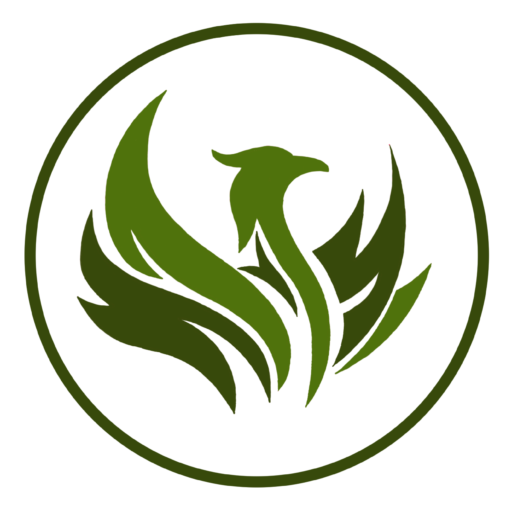

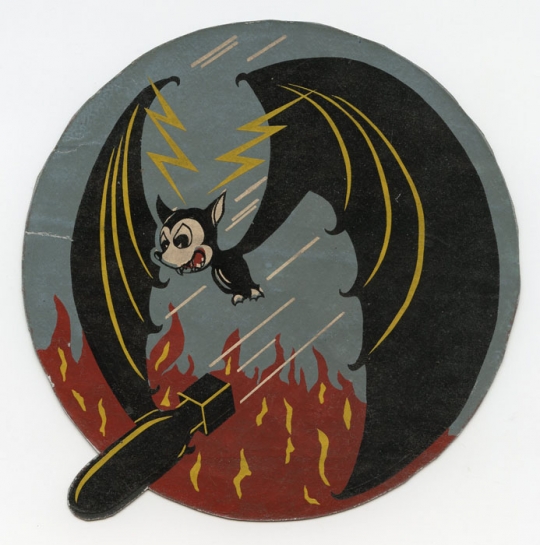
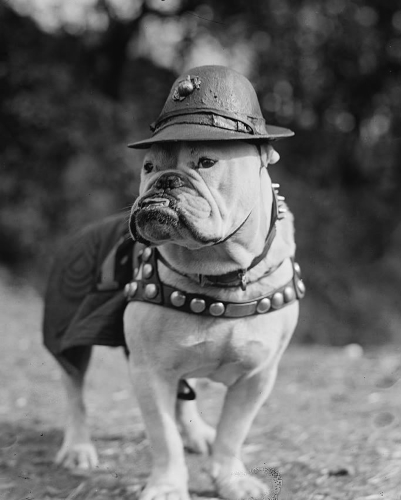
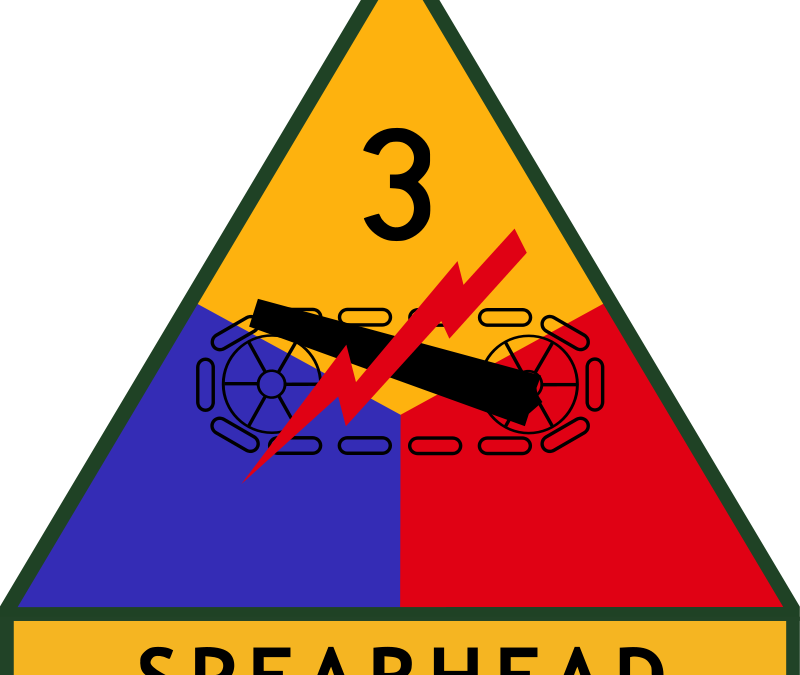
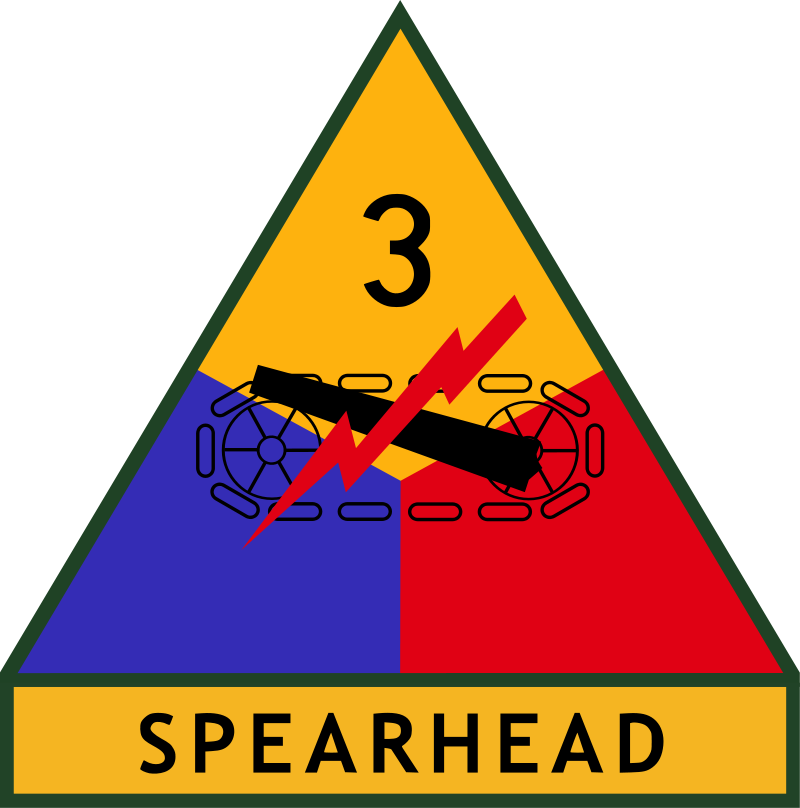
Recent Comments